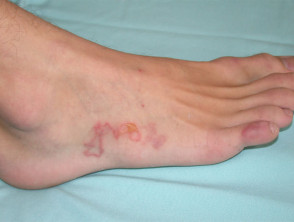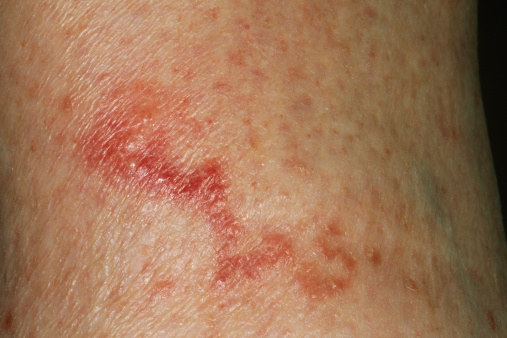
Infected cats will often have an overall unhealthy appearance and poor appetite. The linings of the nostrils, lips and ears may be pale due to the anaemia. Because the parasite causes anemia, later symptoms can include dark and tarry feces, diarrhea, or constipation. Another early symptom is repeated coughing. When hookworm larvae enter the host cat, they often leave small lesions on the foot pads and between the toes – early symptoms of the disease. Kittens can become infected through their mother’s milk. After hatching, the larvae typically migrate into the host through the feet when the cat walks on the infected substrate.

The eggs are usually found in contaminated water on grass or in the soil, or other contaminated environments.
What causes hookworms in humans skin#
Hookworm infections are caused either by penetration of the skin by the larvae or ingestion.

The disease becomes communicable to other cats between 2 to 4 weeks after initial infection. Again, the larvae migrate into the oesophagus and then to the intestine. The adult worms mate inside the host and the female then lays up to 30,000 eggs/day which pass out in the host’s feces. The larvae begin feeding on the host’s blood and eventually develop into adult worms. They make their way to the small intestine where they hook into the mucosal lining. This often results in the host coughing, whereupon the larvae are swallowed and pass down the oesophagus to enter the digestive system. Once inside the host, they are carried by the vascular system to the lungs and from there, they migrate up the trachea and into the pharynx. Infection of the host is by the larvae, not the eggs, and the usual method of infection is through the skin. The eggs die almost immediately on exposure to direct sunlight or desiccation. However, if conditions are suitable, they can hatch to become active larvae as quickly as 5 to 7 days. Generally, they live for only a few weeks under natural conditions. Hookworm eggs survive in warm, sandy soil. These infections can be fatal, especially in kittens. Active worms sometimes leave lesions at the site of the bite which may continue to bleed, again resulting in intestinal blood loss. When present in large numbers, they can produce an iron deficiency anemia. Hookworms suck blood from the host’s intestinal walls. braziliense and difficult to diagnose as a separate infection. A third hookworm, Ancylostoma ceylanicum, can also cause infections, although it is extremely similar to A.

The two most common species of hookworm that infect cats are Ancylostoma braziliense and Ancylostoma tubaeforme. At present, the most effective method of intervention appears to be supplementation of food staples with iron.Hookworms are nematode parasites that live in the small intestines of their hosts, which include cats, dogs and humans. Development of a vaccine against hookworm infection in humans is problematic since functional protective immunity in humans has not yet been demonstrated and no suitable animal model of hookworm infection in humans is available. Short-range control measures protecting against hookworm infection have not succeeded. Although focal intestinal lesions are apparent, their significance is questionalbe since diffuse mucosal changes are absent in intestinal biopsies of patients with heavy hookworm infection. This focal trauma may involve multiple villi and is characterized by local hemorrhage, tissue cytolysis, and neutrophilic response. Loss of blood is caused by direct ingestion of red cells and by tissue trauma produced by worm attachment and feeding. When conditions are appropriate, the incidence of anemia caused by hookworm is high and has a significant economic impact since it results in a reduction of worker productivity. The development of anemia is dependent on the intensity of infection, the species of hookworm, and the ability of the host to resist infection and to maintain adequate stores of iron. The hallmark of hookworm infection, a common helminthic disease, is iron deficiency anemia.


 0 kommentar(er)
0 kommentar(er)
